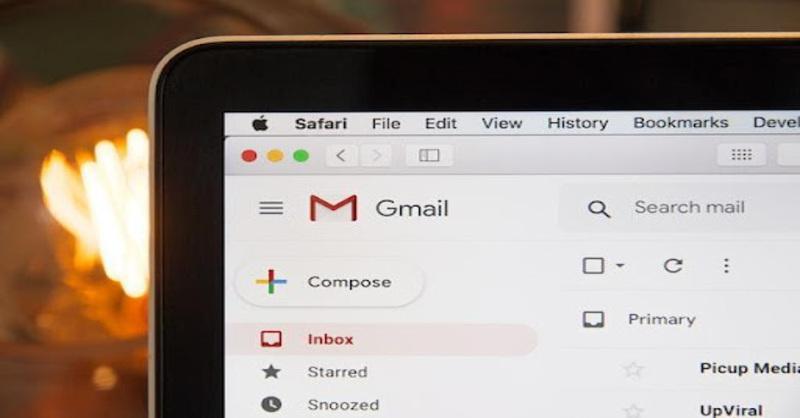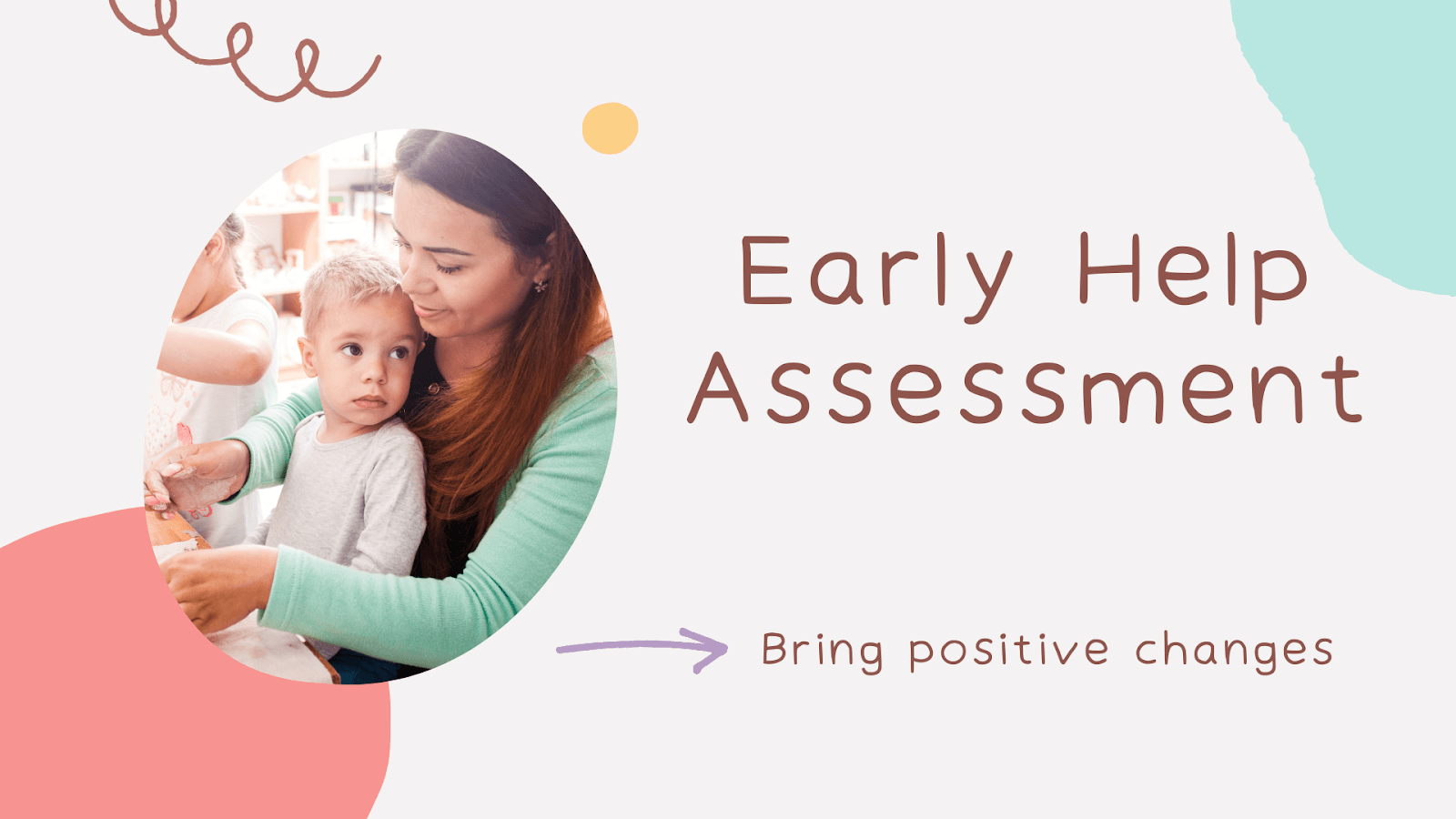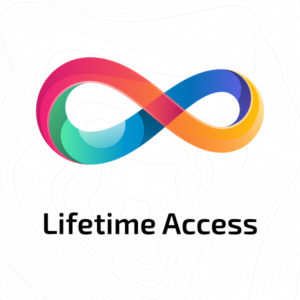In today’s digital age, educators constantly seek new and innovative ways to engage students and make learning fun. Gamification is one of the most exciting and effective approaches to achieving this goal. Teachers and educators can increase students’ motivation and engagement by introducing games into learning activities. They can also increase the retention rate and provide a more competitive aspect to education.
Today, we will explore the power and uses of gamification in education. We will also cover how an email marketing campaign can successfully be implemented into the growth practices of your school. We will cover some examples and strategies on how gamification can be used successfully in an educational setting and will provide tips and best practices for creating an effective email marketing campaign. There’s a lot to cover, so let’s get the work done without any further ado.
What Is Gamification in Education?
Gamification in education is using game mechanics and elements to engage and motivate students to learn. It is the practice of including games in an educational setting to help students learn more while having an overall better and more fun learning experience. These techniques in education can call upon the intrinsic human desire to compete and be rewarded.
At its core, gamification in education means incorporating elements of gameplay into the learning experience. These elements include points, badges, quests, and challenges that students should overcome on their own or as a part of a group. These games can then further help students develop their:
- Cognitive abilities;
- Team spirit;
- Leadership skills;
- Critical thinking;
- Learning skills;
- The ability to use devices outside the social-network aspect of communication.
Needless to say, this is a great approach to education, and it can help many achieve a lot. This is not for every teacher but for those looking to streamline their classroom, enable students to learn naturally, and bring their best to the table. Many teachers also use plagiarism free essay writing services to help with the paperwork. Although you should not be sharing your students’ private information online, it goes without saying that services like these can help prepare class materials, stories, and tests.
The Power of Email Marketing
Email marketing, on the other hand, has more to do with school management practices or even course management if you happen to be a course creator. Email marketing is a powerful tool for engaging with both current and prospective students and delivering the personalized type of content. You, as an educator, can reach students directly and provide them with information tailored to meet their needs and interests.
Email marketing can be very effective when combined with gamification strategies. Educators can use email marketing to provide students with updates on their progress, side-quests, and access to a diverse portfolio of content and incentives to help boost their learning. Email marketing is also very cost-effective and will take away a bit of your time on any given day.
Cost-effectiveness is, indeed, one of the biggest advantages of email marketing. These campaigns are inexpensive and take just a fraction of the time to lay out. If you are an educator communicating with a decent-size student body, you may want to consider even a full-text body of email, as the students know what to expect, and spending money you usually would on prospective students is simply not justifiable.
Types of Gamification Strategies
Educators can use many different types of gamification strategies to engage students and make learning more fun. Some of them can include stories, research papers (for older students), and written activities — contact academic ghostwriting services for advice and a detailed plan of the materials you can use in your classroom. Some of the most common gamification strategies include:
- Points-Based Systems: This type of gamification strategy involves awarding points to students for completing tasks, achieving educational goals, or participating in activities. Students can then use these points to redeem rewards or prizes.
- Badges and Certificates: Another common gamification strategy involves awarding badges or certificates to students for achieving specific milestones or demonstrating mastery of certain skills.
- Leaderboards: Leaderboards can encourage healthy competition among students by ranking them based on their performance or progress in a particular activity or subject area.
- Quests and Challenges: These gamification strategies involve setting goals or challenges for students to complete, such as solving a puzzle, completing a project, or mastering a particular skill.
- Personalized Learning Paths: This gamification strategy involves tailoring the learning experience to each student’s needs and interests. Educators can increase engagement and motivation by providing students with personalized content and activities.

Using Email Marketing for Gamification
Email marketing can be an effective tool for promoting gamification strategies in education. Here are some tips for using email marketing to engage students and enhance their learning experience:
1. Set clear goals: Before launching an email marketing campaign, it’s important to set clear goals and objectives. Determine what you want to achieve with the campaign and what content you want to deliver to students.
2. Provide personalized content: Personalized content is essential for engaging students and keeping them motivated. Use email marketing tools to segment your student audience and deliver content tailored to their needs and interests.
3. Use gamification strategies: Incorporate gamification strategies into your email marketing campaigns to make them more interactive and engaging. For example, you could award points or badges to students for completing certain tasks or achieving specific educational goals.
4. Track and analyze engagement: Use email marketing tools to track and analyze student engagement with your campaigns. Monitor open rates, click-through rates, and other metrics to refine your email marketing strategies and improve engagement.
5. Provide regular feedback: Provide students with regular feedback on their progress and performance. Use email marketing to deliver updates on their achievements, offer rewards and incentives for reaching educational goals, and promote upcoming activities and events.
Following these tips, you can use email marketing to promote gamification strategies in education and create a more interactive and engaging learning environment for your students.
Best Practices for Email Marketing in Education
Regarding email marketing campaigns for schools and online course platforms, it is important to consider the return on investment and understand how much money you can allocate to the campaigns. If you are early in the running-your-own-school/business road, it may be better to be careful with money, organize smaller marketing campaigns and learn as you go. Here are some of the best practices to incorporate into a marketing campaign of this kind:
1. Keep it personal: Use email marketing tools to segment your student audience and deliver personalized content relevant to their needs and interests.
2. Be clear and concise: Keep your emails clear and concise, and avoid using too much jargon or technical language. Use images and graphics to make your emails more visually appealing.
3. Use a compelling subject Line: Your subject line is the first thing students will see when they receive your email. Make sure it is attention-grabbing and clearly communicates the content of the email.
4. Make it mobile-friendly: Many students check their email on their mobile devices, so it’s important to ensure that your emails are mobile-friendly and can be easily read on a small screen.
5. Test and refine: Use email marketing tools to test different elements of your email campaigns, such as subject lines, content, and call-to-actions. Refine your campaigns based on the data you collect to improve engagement and performance.
How Good Are These Marketing Campaigns from a Financial Point of View?
When it comes to email marketing campaigns in education, it’s important to consider the return on investment (ROI) of these campaigns. ROI is a measure of the effectiveness of an email marketing campaign in terms of the revenue generated or cost savings achieved. Here are some factors that can impact the ROI of an email marketing campaign in education:
- Engagement: Students’ engagement level with your email campaigns can significantly impact ROI. If students are engaged and motivated by the content of your emails, they are more likely to take action and achieve educational goals, which can lead to a higher ROI.
- Personalization: Personalization is key to driving engagement and improving ROI. By delivering personalized content tailored to each student’s individual needs and interests, you can improve the effectiveness of your email marketing campaigns and increase ROI.
- Conversion rates: Conversion rates are another important factor that can impact the ROI of your email marketing campaigns. If your emails are effective at converting students into taking action, such as completing a task or achieving an educational goal, this can lead to a higher ROI.
- Cost-effectiveness: Email marketing campaigns can be a cost-effective way to promote gamification strategies in education. Using email marketing tools to automate campaigns and deliver personalized content can save time and money while achieving a high ROI.
Concluding Remarks
In conclusion, there are barely any other forms of marketing besides email marketing campaigns that will produce a higher ROI value. As such, email marketing is a handy tool to help promote gamification of the learning process and can easily make you more money than you invest. If the email marketing campaign is part of an ecosystem of products or services that you are trying to market, the ROI value may be even higher, especially if the services are subscription-based.
Mark Wooten
Reading is a beloved hobby for Mark Wooten, and he delights in discovering the hidden nuances of words in the books he reads. Though he works part-time as a translator, he feels that his true talent lies in creative writing and translation, which is closer to his aspiration of becoming a literature professor one day.







 March 15, 2023
March 15, 2023








